Reviews of the Palms Cliff House Hilo Hawaii
Disclaimer: This mail may comprise affiliate links. All hosted affiliate links follow our editorial policies.
Author Joseph Campbell once said, "Myth is the secret opening through which the inexhaustible energies of the cosmos pour into human cultural manifestation."
At that place are few places in the modernistic earth in which this connection between flesh, myth, and nature is more obvious than Hawaii's Big Island .
Here, Hawaiian mythology is non merely some relic of a afar past, simply a very nowadays spiritual conventionalities amid many of the island's ethnic natives.
More 150 years before Charles Darwin wrote The Origin of the Specieslater on visiting the Galapagos Islands , Hawaiian kahunas (or priests) recited an ancient creation chant– the epic Kumulipo– which traced humanity'southward origins to a catholic nighttime, and established the concept of biological evolution.
Every bit noted historian Herb Kawainui Kane stated in the PBS series, The Hawaiians, island natives believed that, "The entire universe was an orderly, fixed whole in which all the parts were integral to the whole, including homo himself. Man was descended from the Gods, but and then were the rocks, so were the animals , so were the fish. Thus man had to regard the rocks , the fish and the birds as his relatives."
This environmentally witting point of view seems especially prominent on the east side of Hawaii's Big Island, whose ecologically various landscape features xi of the planet'southward xiii climactic regions.
From lush rainforests and spectacular ocean vistas to the desert landscape of Ka'u and the snow-clad summits of the tallest mountains in the Pacific, the Large Island's bevy of natural wonders get in a must-see for ecotourism aficionados.
Here's a look at some of the major gods and goddesses of Hawaiian mythology, and how many of the island'southward finest attractions are continued to ancient legends.
READ More: The xx All-time Things to do in Kauai, Hawaii (for Nature Lovers)
List of Hawaiian Gods and Goddesses
Click on each link to learn more nearly a particular Hawaiian God or Hawaiian Goddess:
- Pele: Goddess of Burn & Volcano Goddess
- Na-maka-o-Kaha'i: Goddess of Water and the Sea
- Poli'ahu: Goddess of Snow
- Lilinoe: Goddess of Mist
- Laka: Goddess of Beauty, Beloved, Fertility
- Maui Demigod: God of the Lord's day
- Kane: God of Forests and Wild Foods
- Lono: God of Peace, Music, Learning, & Cultivated Foods
- Ku: God of War
- Kamapua'a: God of Wild Boars
HAWAIIAN GODDESSES
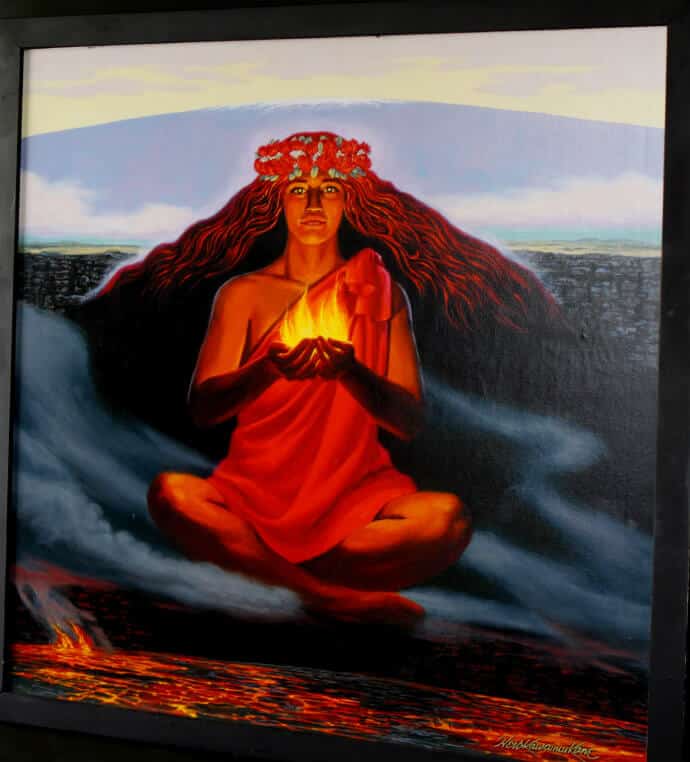
Pele Goddess (Goddess of Burn down & Volcano Goddess)
Peradventure the most famous goddess in Hawaiian mythology, Pele is the goddess of fire and the volcano goddess.
Due to her peppery temper and attempted seduction of her sister Na-maka-o-Kaha'i's married man, her father Kane banished Pele from her home, leaving her to canvas the globe.
Forth the way, Pele created massive volcanoes at each of her isle stops and eventually settled downward at Mauna Loa, the largest active volcano on Earth at xiii,677 feet.
With the recent eruption of the Kilauea Volcano, visitors are reminded of Pele's presence in the volcano , where people come up to feel her spirit and pray to her.
READ More: The Top 10 Polynesian Islands to Visit in the Polynesian Triangle
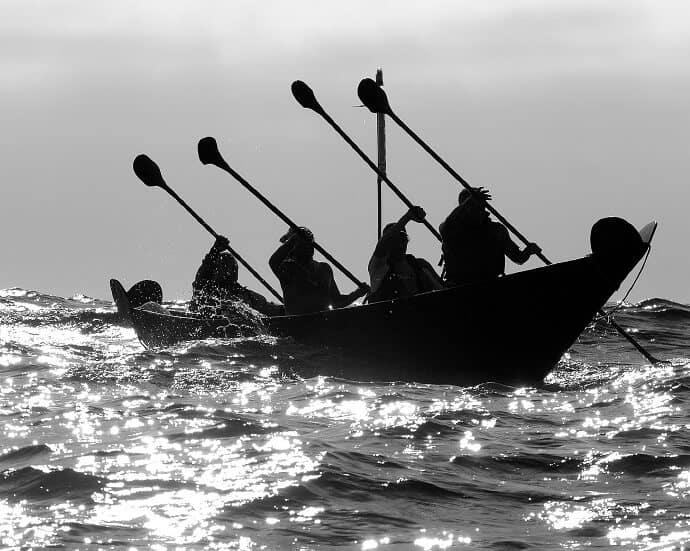
Na-maka-o-Kaha'i (Goddess of H2o and the Sea)
The older sis of Pele, Namaka is the goddess of water and the sea.
With the opposite element of her passionate sister, Namaka was angered past her sister's seduction of her husband and chased her out of their home.
She is as well known for casting massive waves over the fires started by her sister as the opposing chemical element to fire.
In some Hawaiian legends, different forms Namaka takes are the cliff and the ocean.
Another story details Namaka's handling of her sister Pele and her family unit: Namaka angrily tried to oust them from every identify where they settled until Pele finally overcame her.
READ MORE:The 15 All-time Kauai Waterfalls
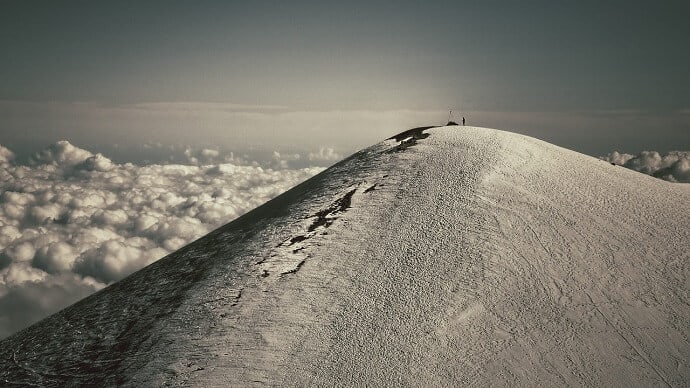
Poli'ahu (Goddess of Snow)
The goddess of snow, Poliahu lives at the superlative of Mount Kilauea. The oldest daughter of Kane, she is known for spreading snowfall across the mountain in the wintertime and wildflowers in the spring.
She also has clashed with her sister Pele regarding who has true ownership of Mount Kilauea.
One fable tells of a sledding competition between Poliahu and her sisters: when Pele is angered at losing the contest, she unleashes lava on the basis that Poliahu helps put out by releasing snow onto information technology.
These clashes between elements evidence the difference in the temperaments of fiery Pele and snow goddess Poliahu.
READ More: Hawaiian Monk Seal (Endangered Species Spotlight)
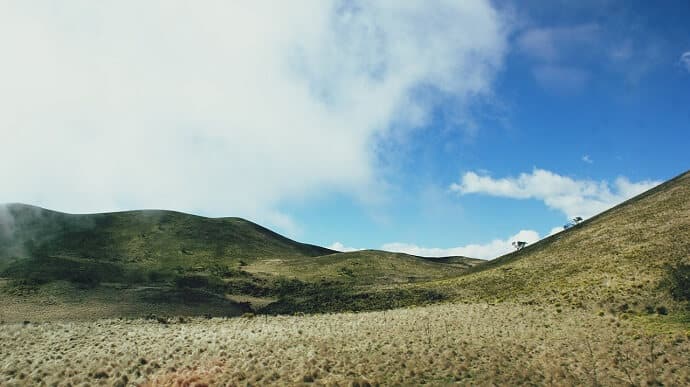
Lilinoe (Goddess of Mist)
Lilinoe is the goddess of fine mist, dead fires, and desolation. She is the sister of Poliahu, Waiau, and Kahoupokane.
In a story involving her sisters and Pele sledding down the mountain, Lilinoe helped extinguish the fires gear up by Pele past releasing freezing mist across the blaze. Along with her sisters, Lilinoe is known for her beauty.
She was once the Hawaiian goddess of Haleakala, a massive dormant volcano on southeastern Maui whose name ways "house of the sun." Now, Haleakala National Park is a protected national park known for its cute view of the sunrise as well every bit scenic hiking trails.
READ More than: Listing of National Parks Past State (An Epic Guide to "America's All-time Thought")

Laka (Goddess of Beauty, Dear, Fertility)
The goddess of beauty, dear, fertility and reproduction Laka is best known for creating the cute Hawaiian hula dance.
She is worshipped for creating it, and along with the hula dance, Laka is the goddess of the forest who enriches the plants with lite.
Red lehua flowers growing along the sides of volcanoes are seen every bit a symbol of Laka and her association with fertility and fruitfulness, and she is also seen as the female variation of her husband Lono.
The flowers as well as the songs sung during the hula trip the light fantastic toe are defended to Laka.
She is married to Lono and some Hawaiian folklore say she is also the sister of Pele.
READ More: 35 Beautiful Birds of Hawaii and the Polynesian Triangle
HAWAIIAN GODS
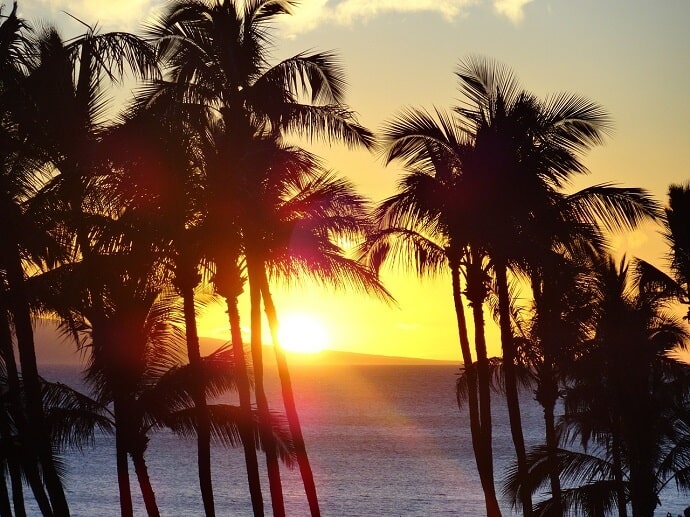
Maui Demigod (God of the Sun)
Seen most recently in Disney's Moana, Maui is a demigod and the god of the sun.
When the sun rose and set too rapidly, Maui tamed information technology and extended the length of a mean solar day so people could take longer days to work.
He has been involved in several other adventures, and notably tried to secure immortality for humans (just ultimately failed).
Known as the "trickster hero of Polynesia," Maui was known for getting into situations throughout the Hawaiian Islands.
His origin story differs depending on each island, but his stories involve the sun-snaring story besides as angling and rescue missions.
READ MORE: Rapa Nui National Park: Easter Isle Facts & Photos

Kane (God of Forests and Wild Foods)
Forth with Lono and Ku, Kane is the master of the trinity of Hawaiian gods. He is the god of wild foods and the forest .
He is the male parent of several Hawaiian goddesses including Pele, whom he banished from the heavens. When creating human beings with his brothers, Kane was responsible for giving them life.
One Hawaiian creation myth involving Kane states that he created the first man's body out of red clay and his head from white dirt.
Kane's home is called Hunamoku, a heavenly paradise thought to be domicile to all the gods, and good souls would travel there after decease.
READ More: Exploring Polynesian Culture: Food, Music, History & More than

Lono (God of Peace, Music, Learning, & Cultivated Foods)
A foil to Ku, the god of state of war, Lono is the god of peace, music, learning and cultivated foods. Along with brothers Kane and Ku, he helped create humanity by supplying fertile soil from which people were created.
The rainy season from Oct-February is associated with Lono: some say after an incident with his first mortal wife Kaikilani, the pelting was Lono's tears over his loss of her, while some legends say the pelting is due to his connection with agronomics.
For this reason, he is also associated with clouds and storms. Offerings to Lono include fish and agronomical products.
READ MORE: 21 Tahiti Photos to Fuel Your Island Fantasies

Ku (God of State of war)
Ku is the god of war, and his weapon is a flaming mace containing the souls of those he has slain.
Brother to Lono and Kane and married man of Hina, Ku saved the other Hawaiian deities on numerous occasions when wars broke out. When creating humans with his brothers, Ku created their bodies.
Unlike other Hawaiian gods, homo sacrifices were made to Ku, who was known as the "eater of islands" for his acquisition of many islands.
People worship him in the hot summertime months. He and Hina are seen as having command over the fertility of the earth, and together they make up the earth and heavens.
READ MORE: Swimming with Sharks in Bora Bora Tahiti
Kamapua'a (God of Wild Boars)
Hubby of Pele and god of wild boars. With a name meaning "hog child," Kamapua'a was born on Oahu to humans and could transform from homo to squealer.
One advantageous feature of his hog-one-half was the snout, which Kamapua'a used to dig into the footing and bring up roots and find h2o sources.
Although he nearly notably transforms into a hog, he is also capable of turning into fish and plants, and some Hawaiian legends detail his escape from his wife'southward acrimony by transforming into a fish.
Other legends of Kamapua'a courting the daughters of various island chiefs as he traveled island to isle before he married Pele.
READ MORE: Pearl Diving in Bora Bora, Tahiti
HAWAIIAN LEGENDS
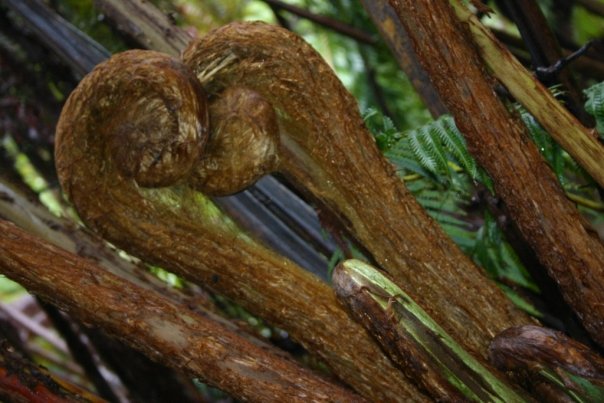
HAWAII TROPICAL BOTANICAL GARDEN
Boasting over ii,000 species of plants, the Hawaii Tropical Botanical Garden is set seven miles northeast of Hilo along the shores of Onomea Bay.
Onomea means "the all-time identify," and information technology's an apt clarification for this fertile xl-acre valley, a natural greenhouse blessed with over 160 inches of rainfall a year and remarkably fertile volcanic soil.
Here, enormous mango trees and coconut palms tower above lush jungle filled with rare and endangered plants from Africa, Australia and Republic of indonesia.
Built past Dan Lutkenhouse, a retired trucking business owner with no formal botanical training, the property was cleared past manus to avoid agonizing the natural environment, with Lutkenhouse and iii assistants working vii days a calendar week for eight years (1977-1984).
To protect the environment, there's no electricity in the garden, and no cars or buses are allowed into the valley; visitors park a one-half-mile from the entrance and are transported into the Garden by mini-passenger vehicle.
The result is an Eden-like tropical paradise in which every step produces some new visual marvel, surrounded past brilliant flora, a gorgeous three-tiered waterfall, and historical remnants of Onomea Valley'south by, including unmarked grave sites.
At the bottom of the path lies the Bay, where legend has it a chief of the village of Kahali'i once spotted canoes heading to shore as if to attack.
The elders decided to build a reef to prevent a embankment landing, but when they ran out of time they asked a young man and woman from the village to give their lives in club to protect the hamlet.
That dark the villagers remained indoors, and when they emerged the side by side morn they found the lovers gone, and in their place two gigantic rock formations at the entrance to the bay, equally if on baby-sit.
Today, these "Twin Rocks" serve every bit a stunningly picturesque backdrop for weddings at Hawaii Tropical Botanical Garden.
READ More: 40 Fascinating Hawaiian Goose Facts (a.k.a. Nene Goose)

HAWAI'I VOLCANOES NATIONAL PARK
No figure in Hawaiian mythology looms larger over the Big Island than Pele, the passionate, volatile goddess of fire referred to in sacred chants as "She Who Shapes the State."
It is believed that Pele was exiled from her homeland in Tahiti past her father later seducing the married man of her h2o-goddess sis, Na-maka-o-Kaha'i.
Pursued by her angry older sibling, Pele sailed from Tahiti in a canoe, creating new volcanic homes at each island she landed upon merely to have Namaka alluvion them out.
Eventually she landed on Mauna Loa, which, at 13,677 feet, is the Earth's well-nigh massive active volcano.
Hither, safe from Namaka'southward waves, Pele is said to have taken up residence in the fires of the massive Halema'uma'u Crater on the Kilauea Volcano, where she continues to live today, revered by locals and shrouded in superstition.
Nearly every geological formation in this area is tied to some Pele legend, with tear-shaped lava droplets chosen "Pele'due south tears" and fine golden strands of volcanic glass referred to as "Pele's Hair," and offerings of flowery leis and crowns are oftentimes left at the Crater'south rim in an endeavor to garner the goddess' blessing.
The about active volcano on the planet, Kilauea has been in near continuous eruption since 1983, and a drive through the 330,000-acre Hawai'i Volcanoes National Park reveals an otherworldly landscape of calderas, pit craters, cinder cones, spatter ramparts, lava flows, tree molds, lava tubes, black sand beaches, and thermal areas.
The park is also home to numerous significant archeological sites . A post-sunset viewing of the glowing Kilauea lava menstruation exploding as it reaches the Pacific is an unforgettable reminder of the legendary battles between Pele and her sister.
READ More than: Learning Hula at the Tiki Village Theatre (Moorea, Tahiti)
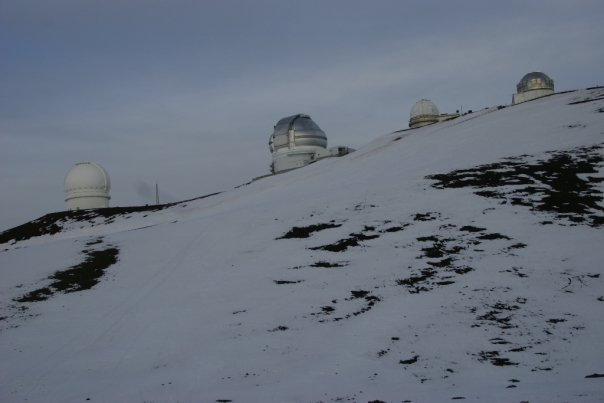
MAUNA KEA
No trip to the Large Isle would be complete without making a trek up to the summit of Mauna Kea ("White mount"), the dormant volcano believed to be the sacred dwelling of the snowfall goddess Poli'ahu.
Revered for a ability and beauty that rivaled the majestic mountains of her home, Poli'ahu was sometimes called "Common cold Heart."
Simply she revealed a softer side of herself on the fertile, sunny cliffs of Hamakua, where she trimmed the landscape with winding streams and waterfalls that led to the sea.
Information technology was here that Poli'ahu and her sister Lilinoe (goddess of the mists) took off their white snow cloaks to challenge the chiefs to a sled-riding contest, and where Poli'ahu was confronted by a jealous redhead who proved to be Pele herself.
Pele's fires chased Poli'ahu back up the cliffs, where she summoned a mantle of frost to cover the flames.
Today, information technology is said that the Hawaiian goddesses go along each other in bank check, with Pele ruling the southern half of the island and Poli'ahu ruling the northern region.
With its height (13,796 feet), distance from city lights and dry out weather condition, Mauna Kea has become a hotspot for astrological ascertainment, with its alien landscape dotted with an international array of working telescopes.
Bout companies such as Hawaii's Activities via Veltra offer guided adventures on the mountain.
You'll brand a 30-minute acclimatization stop at the Onikuza Company Centre before ascending the last 4,400 anxiety to the end of the winding road.
From that betoken, hardy hikers can climb to the summit for a spectacular view of the sunset from to a higher place the clouds.
The rapturous reverie is brief, as the dizzying distance necessitates a descent dorsum to the Visitor Center.
At that place you will conclude your evening with a guided Starshow to the celestial bodies that originally guided the ancient Polynesians to this heavenly paradise more a millennium ago. –by Bret Love; photos by Bret Love & Mary Gabbett unless otherwise noted
williamsstonarnined.blogspot.com
Source: https://greenglobaltravel.com/hawaiian-mythology-gods-goddesses-legends/
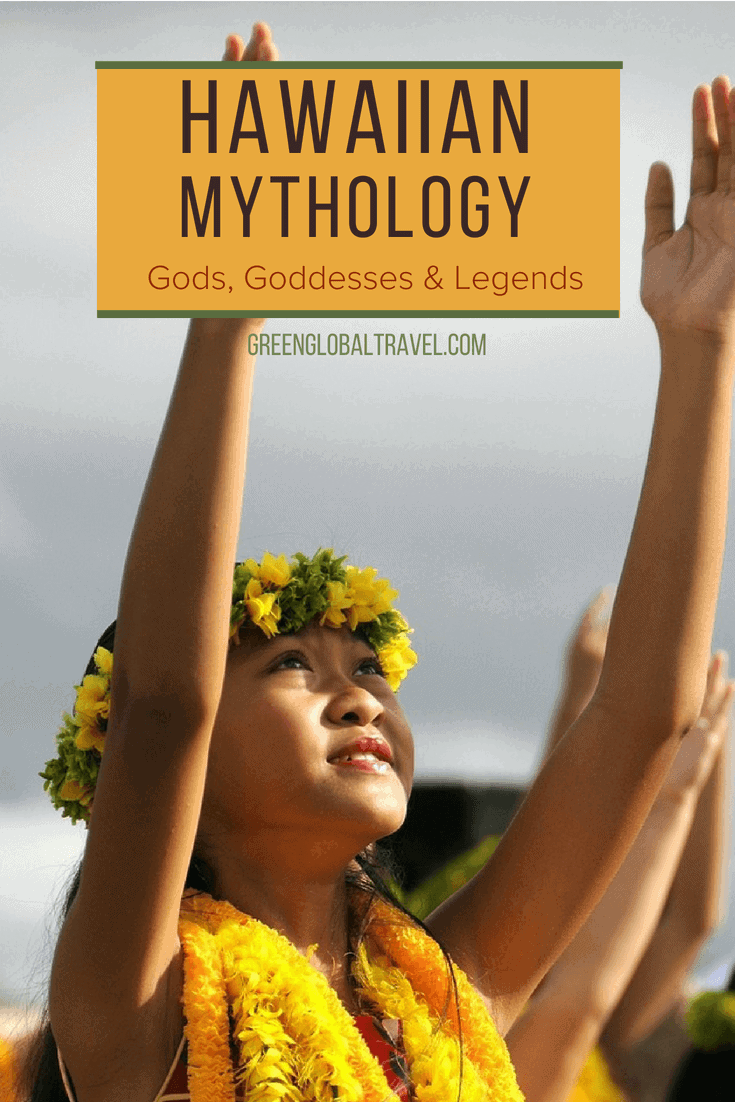
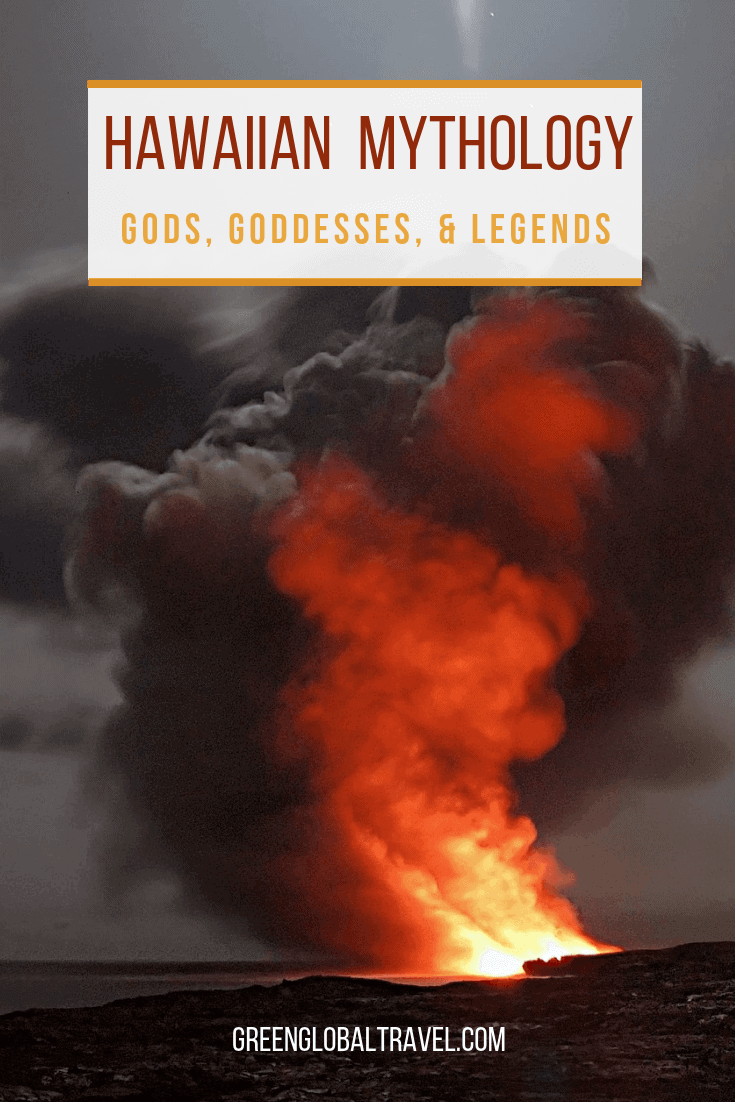
0 Response to "Reviews of the Palms Cliff House Hilo Hawaii"
Post a Comment